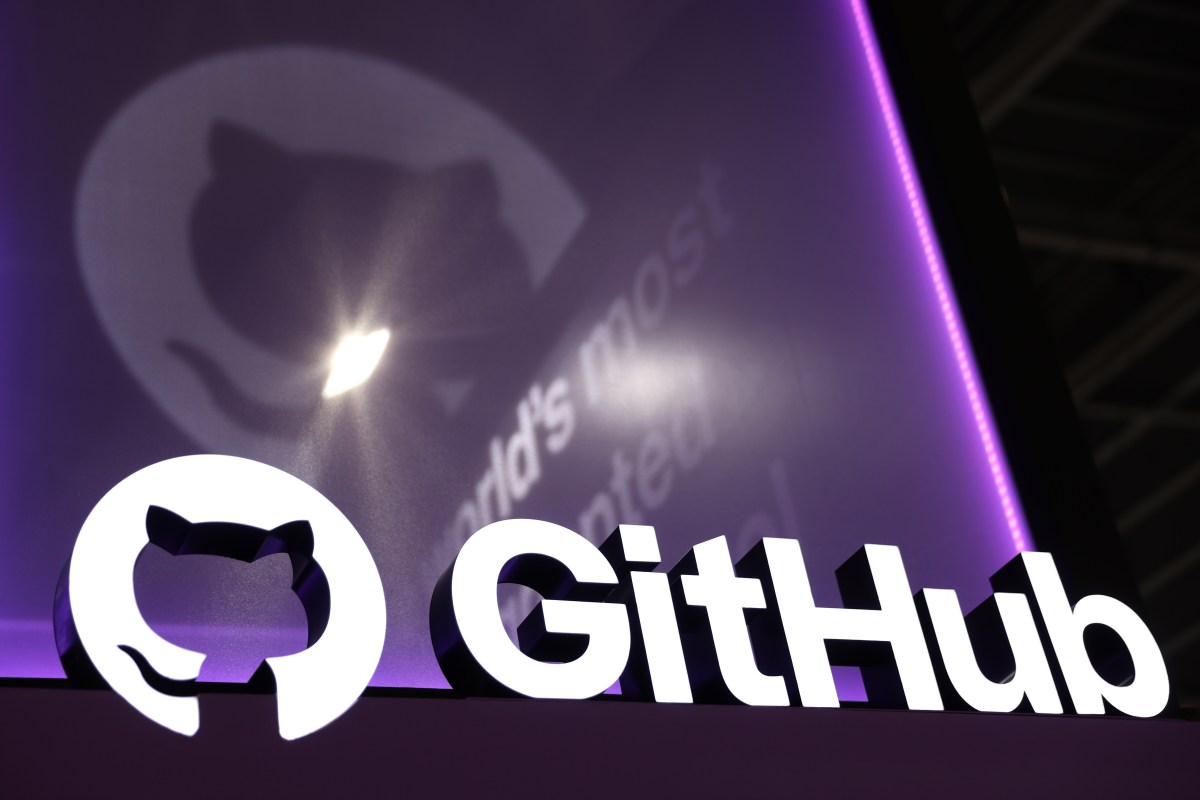Smarter Engineers, Not Fewer with AI-Augmented Software Development
Smarter Engineers, Not Fewer
Tai BuiI spent a day in the Silicon Valley with a number of enterprise CTOs driving innovation globally, and the CEO of an AI-native integrated development environment (IDE) startup - Windsurf. It provided me a great window into how software development is evolving. On the flight back, I was reflecting on the conversations, and here are my key takeaways on the rise of AI-Augmented Software Development:
A New Development Stack is taking shape: Platforms like Cursor, Windsurf, Cognition’s Devin and Microsoft’s GitHub Copilot Workspace are pushing software creation beyond traditional IDEs. They’re blending AI-native coding, persistent memory, automated workflows, automated workflows, and even autonomous task execution.
This is not just about co-piloting code — it’s enabling developers (and increasingly, non-developers) to move faster, more confidently, and with a radically different toolkit. For more on how modern data platforms are evolving to support AI-native tooling, see AI Maturity and Data Platforms: A Strategic Framework.
And we’re seeing a decisive shift beyond traditional IDEs. Platforms like natural language coding, context aware autocomplete, codebase understanding, and smart rewrites are redefining how software is built, and by who — and ushering in the new age of “vibe coding” - coding in a relaxed, flowy, intuitive state, where the focus is less on structured problem-solving and more on experimenting, and following the creative ‘vibe’ of the moment - ushering in a new spate of creativity and innovation.
But even with rapid progress, it’s clear we’re still early in the journey of AI-Augmented Software Development. Some of the key challenges that are emerging include the lack of persistent context - most models don’t retain memory across interactions unless explicitly designed to. Or small-sample fragility - unlike humans, today’s AI systems struggle to generalize confidently from limited data points.
These limitations are why AI-Augmented Development requires more than just plugging models into the workflow. It demands critical thinking, engineering judgement and system design - taking the new role of the software developer higher up in the value stack.
Some fear that AI will reduce the need for engineers. What I’m seeing is exactly the opposite: the expectations for developers are rising — and so is their leverage.
What used to take months now takes a couple weeks; what needed a team now often takes one engineer - working with the right AI stack. This raises the ROI per developer, which in turn strengthens the business case for deeper investment in R&D - which in turn drives more software innovation.
So it’s not about fewer engineers. It’s about .
I have been tracking the rise of Agentic AI and the penetration of Generative AI use cases across large enterprises, in part through the lens of our think tank - the Executive Technology Board, with some 150+ Fortune 1000 CIO, CTO, CDO and CAIO global members. In all the work we do with Generative AI - across sales and marketing and supply chain and back-office processing and R&D, etc. - if you’re looking for a top enterprise use case where generative AI is already “in the money,” — software development is clearly where it’s at. For a deeper exploration of how and why Agentic AI is reshaping organizational structures and work paradigms, refer to Why the Buzz on Agentic AI.
This isn’t the end of engineering — it’s the start of a more powerful, AI-augmented era — and the companies that embrace it now will define the next generation of enterprise innovation. The expectations of what can be built are shifting dramatically. The pace is accelerating. And the canvas is only getting bigger.











